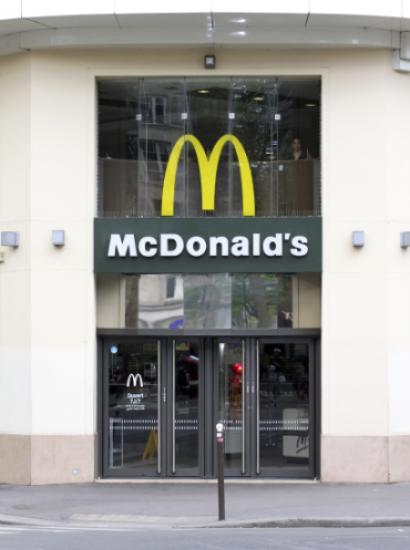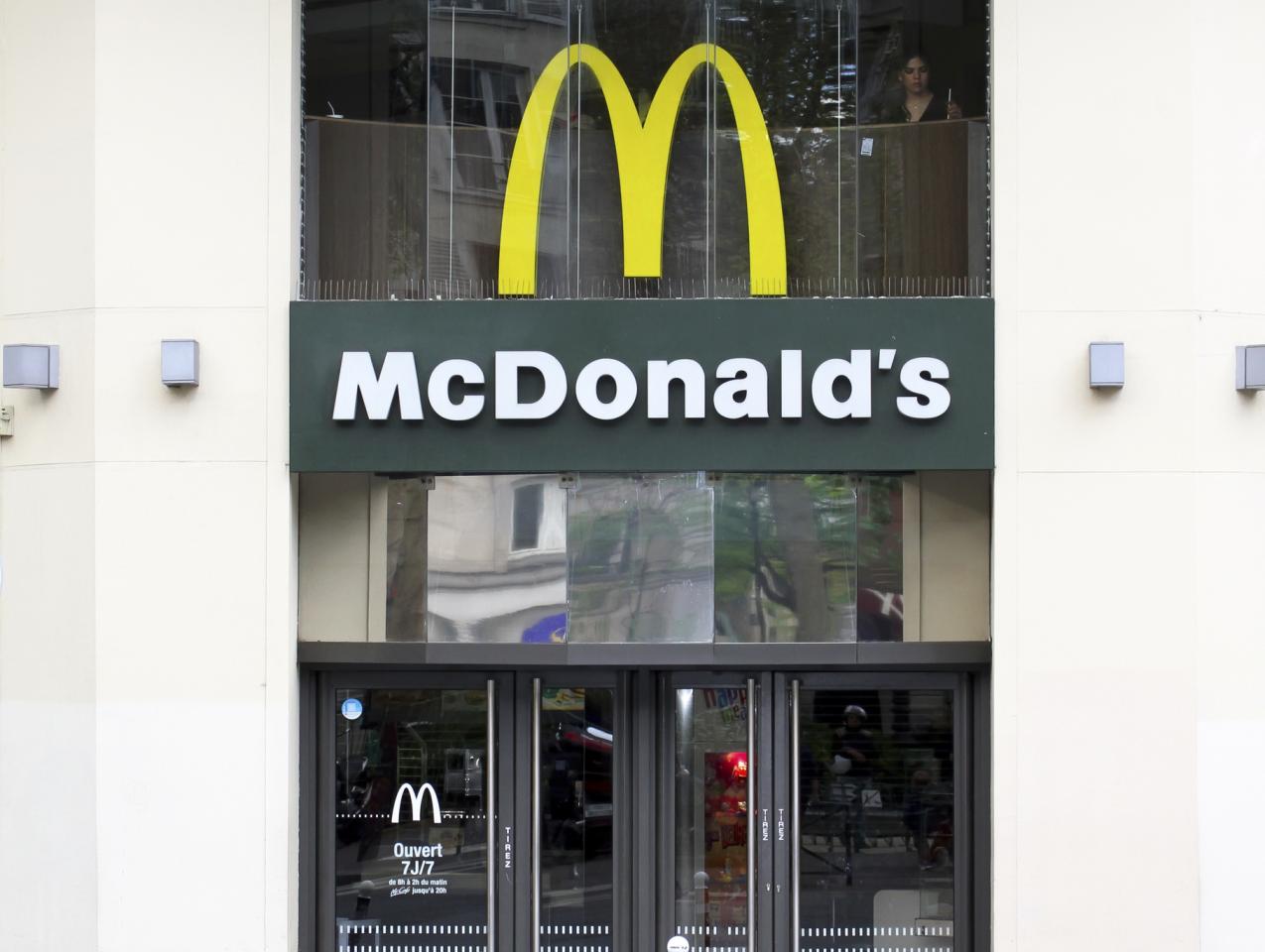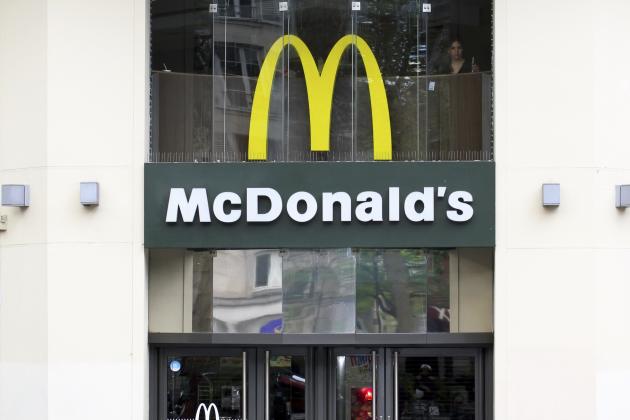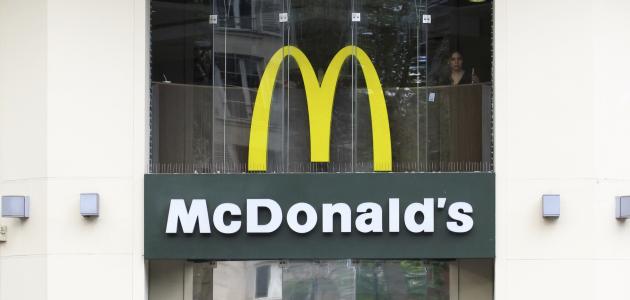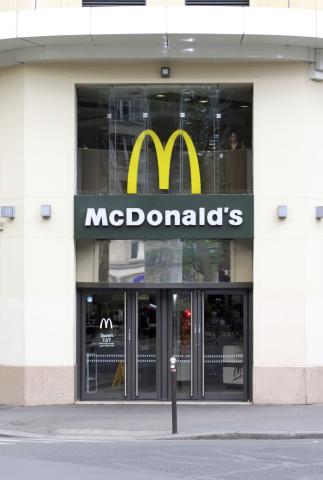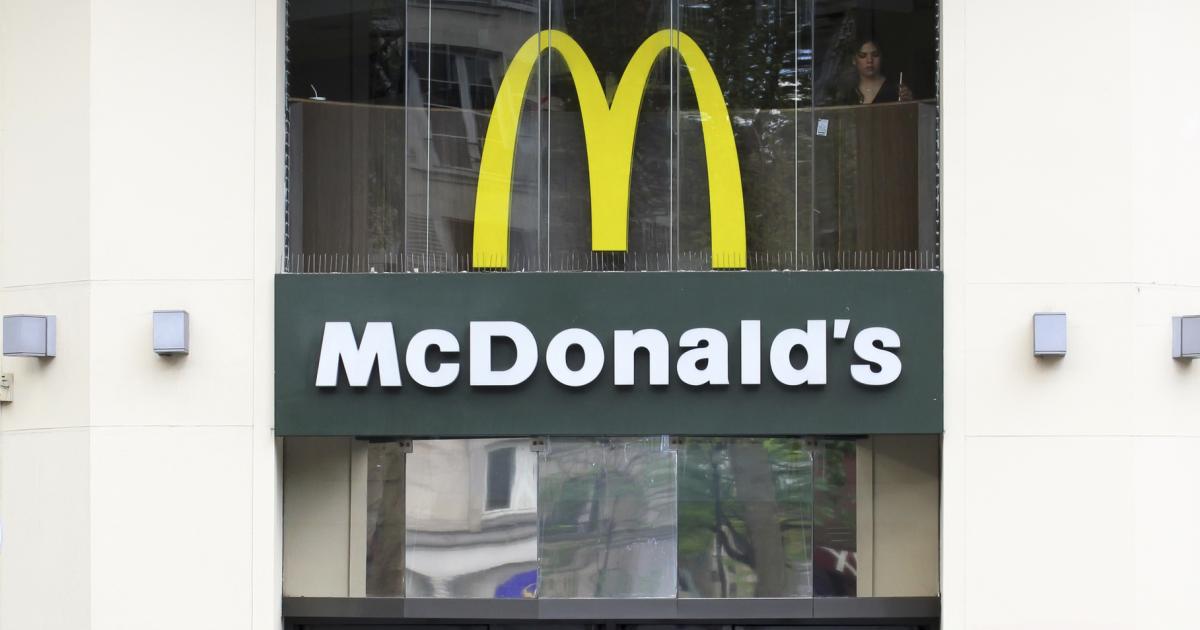Last September, Gov. Gavin Newsom signed California Assembly Bill 1287 into law, which includes a $20 per hour minimum wage for fast-food workers and a fast-food regulatory council which has the authority to raise the industry’s minimum wage annually. But between last fall and January, California fast-food restaurants cut about 9,500 jobs, representing a 1.3 percent change from September 2023. Total private employment in California declined just 0.2 percent during the same period, which makes it tempting to conclude that many of those lost fast-food jobs resulted from the higher labor costs employers would need to pay.
More fast-food job losses are coming as the new minimum wage took effect earlier this month. This includes losses at Pizza Hut and Round Table Pizza which are in the process of firing nearly 1,300 delivery drivers. El Pollo Loco and Jack in the Box announced that they will speed up the use of robotics, including robots that make salsa and cook fried foods.
Fast food prices are up since the law took effect on April 1. In less than one month, Wendy’s increased prices by 8 percent, Chipotle’s prices have increased by 7.5 percent, and Starbucks prices are up by 7 percent. McDonald's has announced it will be raising prices, and many other fast-food franchises have announced hiring freezes.
California now has the highest-priced fast food in the country, but there is an obvious limit to how much further prices can climb. “I can’t charge $20 for Happy Meals,” noted Scott Rodrick, a Northern California McDonald’s franchisee.
It is nothing short of bizarre that California would choose to specify a substantially higher minimum wage for its fast-food industry, which tends to hire workers who are much younger than other industries, which have a minimum wage of about $16 per hour. About 30 percent of fast-food workers are teens, and another 30 percent are between twenty and twenty-four years old. With 60 percent of its workforce twenty-four or younger, the fast-food industry stands in sharp contrast to the other industries, in which only about 13 percent of workers are that young.
Young workers have less experience than older workers and are still in the process of building skills, both of which tend to limit the amount of value that young workers can create for an employer. Young workers are also expensive from a human resources standpoint, because they require significant training and because they tend to move in and out of employment frequently, reflecting school schedules. Annual worker turnover in the fast-food industry exceeds 100 percent, which raises employer recruiting and training costs significantly.
Fast-food employers have few alternatives to a $20 minimum wage other than cutting their workforces or raising prices, as fast-food profit margins are slim, averaging 5‒8 percent. Labor advocates typically argue for the need of a “living wage” when it comes to the pay of less-skilled workers. But this ignores the fact that many of those workers are part time, and it also ignores the fact that fast-food owners and their investors must receive adequate compensation for their time and capital. Living wages can mean no wages, which is what has happened for over 9,500 California fast-food workers since last September.
The genesis of the new law is one of the uglier pieces of legislation to have come out of Sacramento. Minimum wage and “living wage” laws almost always are tied to unions, because they typically provide exemptions for workers covered by a collective bargaining agreement. This one is no exception. For over a decade the Service Employees International Union (SEIU) tried to unionize fast-food workers, but failed, despite spending $100 million in the process.
The union then turned to its legislative friends in Sacramento to create a new law in which a regulatory council, which would of course be dominated by union representatives, would regulate wages and working conditions in the fast-food industry, unless of course the restaurant agreed to collective bargaining. The Legislature passed this law, Assembly Bill 1228, in 2022, and Newsom signed it, but it was so onerous that the industry gathered enough signatures to put the law in front of voters in a 2024 ballot referendum. Legislators panicked, knowing that voters would likely overturn the law. A new bill, AB 1287, was crafted that substantially weakened the regulatory authority of the fast-food council, and the industry agreed to remove the ballot referendum.
But the ugliness of the new law doesn’t stop there. The 2023 law includes a strange exemption from the $20 wage for fast-food restaurants that bake their own bread and sell it as a stand-alone item. Why? According to several sources familiar with the bill’s negotiations, the exemption was included to satisfy Newsom, because one of his political donors, Greg Flynn, owns several California Panera Bread franchises, which bake their own bread and sell it as a stand-alone item.
After this exemption came to light in the national media in February, Newsom responded to allegations that the bakery exemption reflected a political payoff for his donor as outrageous, but he provided no other explanation for why such a one-off exemption was provided, and he still hasn’t. Newsom received more criticism in the media when it was reported that a restaurant he partially owns near Lake Tahoe posted a job listing for a table busser at $16 an hour. With a $37 pasta dish and a $67 steak dinner on the menu, the restaurant doesn’t qualify as fast food, so it is not required to pay the $20 minimum wage. And while Newsom is not involved in managing his businesses since becoming governor, many still find it tone-deaf that the spirit of the legislation that he is so proud of is not being followed by his family business.
The $16-per-hour job posting in Newsom’s restaurant is informative regarding the market price of restaurant service workers. The restaurant is not paying more because it doesn't need to. It can find qualified applicants at $4 less per hour than the fast-food minimum wage, even in Lake Tahoe, which is a high cost-of-living area.
The job will be filled in Newsom’s restaurant, and perhaps it has already been filled. But there are over 9,500 California jobs that no longer exist because they can’t pay what Newsom’s restaurant is paying. And that is the saddest bit of this ugly new law.









